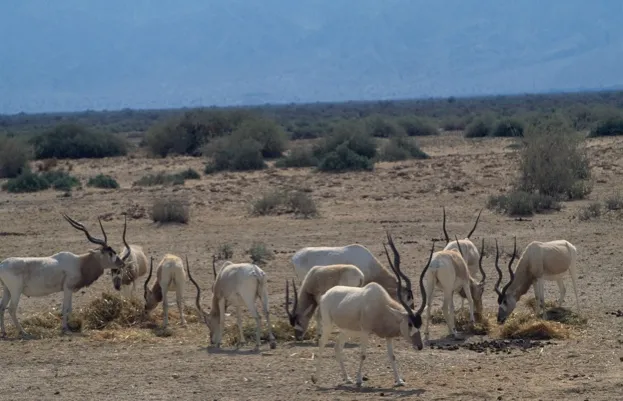Cheetahs and other megafauna are being affected by human conflict in the Sahara-Sahel region © Godong / UIG / Getty
A new study co-authored by international conservation charity ZSL (Zoological Society of London) has revealed that the surge in armed conflicts in the Sahara-Sahel region of Africa is having a catastrophic impact on the region’s wildlife.
The study focused on three key species - dorcas gazelle, addax antelope and African elephant, but also looked at the populations of seven more species including cheetah and Houbara bustard.
“As if the harsh, arid landscape isn’t enough, the growth of armed conflict in the Sahara-Sahel region is yet another serious threat that wildlife in this critical region now have to contend with,” says Dr Sarah Durant from ZSL.
The Sahara-Sahel region of Africa spans a number of north African countries, including Senegal, Mali, Chad and Sudan.
The region has experienced a considerable increase in human conflicts since 2011, and this latest study shows the devastating impact this upturn in violence has had on a variety of species.
In some areas, particularly in the more southern parts of the Sahara-Sahel where conflicts have been ongoing for longer, larger land animals have been almost completely wiped out.
Ongoing struggles for control over territory are expanding into remote areas which previously provided precious refuges for wildlife.

Addax antelopes were one of the main study species © DeAgostini / Getty
The study found that the increase of humans moving into these remote areas has resulted in a steep increase in illegal animal killings for meat or sport, as well as trafficking.
Human conflict joins a growing list of human activities, such as mining, agriculture and infrastructure development which are all contributing to wildlife decline.
"The recent increase in armed conflicts emphasizes the need to identify areas where wildlife is declining and to develop effective policies to reduce the impacts of these conflicts on biodiversity," says the study’s lead author José Carlos Brito.